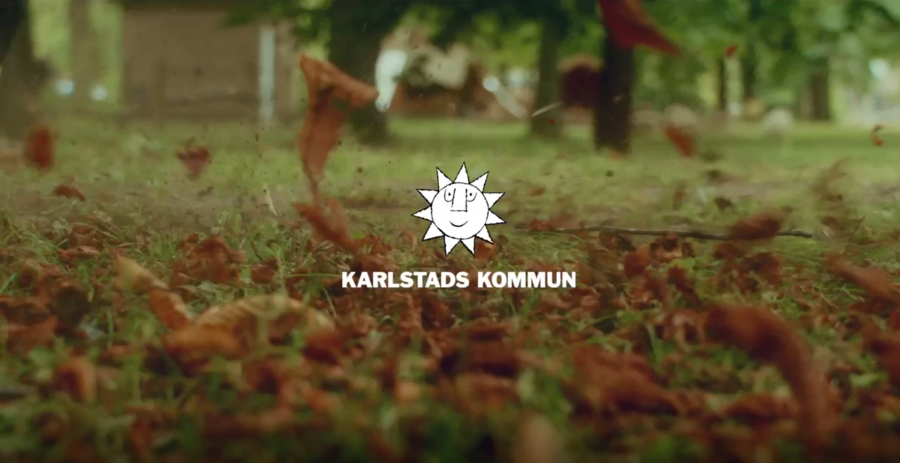The world’s population is becoming increasingly more urbanised and as a result, the demand on green space has become greater, both in terms of areas for new development and areas for public recreation.

The first UK public parks date back to the mid-1850s. They were developed after industrialists recognised the importance of clean air and recreation to the health of their workforces and, ultimately, to their business continuity. Though this is still a vital argument for the preservation of parks, they now potentially hold more value in our society. In more recent times, parks have been given greater recognition due to their ability to support a better sense of wellbeing. As places for exercise, for exposure to cultural events, and for contact with the environment, parks show themselves to be a vital part of education and wellbeing. Parks also act as social places, a necessity which is extremely important now that many people’s lives are increasingly confined to home, commuting and their place of work.
It is not just for our personal wellbeing that parks are important; they are also highly valued for the environmental benefits they bring, like the amelioration of negative climate change effects. They help to reduce urban heat temperatures, increase biodiversity, absorb air pollutants, and they can also act as a ‘soak away’ in times of heavy rain, reducing the effects of flooding.
Since the mid-1990s, with support from HLF (Heritage Lottery Fund), parks have seen a renaissance. Capital funding schemes have brought significant improvements to the UK’s parks and green spaces, including cemeteries. Recent reports by Natural England identified 3.1 billion visitors to the outdoors during 2015, many of whom visited urban parks and green spaces.

Despite this, the 2015 State of the Market Survey on Parks conducted by APSE (Association for Public Service Excellence) revealed that 93% of parks managers expected revenue for parks to decrease in 2016 and capital investment to decrease by 71% over the same period. More worryingly, 80% of the same respondents expected their parks budgets to decrease by up to 20% over the coming five years.
Why is this happening? Well, the provision of parks is a non-statutory responsibility for local authorities and, rather than cutting funding to statutory services like social services, reducing parks budgets is typically viewed as an easy option. As a result, whilst public demand on parks is increasing, the money to maintain them seems to be decreasing. Even more worrying, the current austerity measures suggest that £4 billion needs to be removed from public sector funding. Councils have identified that this amount is approximately the total set aside for all of their non-statutory services combined, including parks. If this target is reached without local authorities finding viable, sustainable alternatives to public funding, then this may well sound the death knell for many of the UK’s best-loved parks and open spaces.
This worry has been the catalyst for a drive towards creating alternative funding sources for parks and green spaces. Central Government and HLF, working with the charity Nesta, have developed the Rethinking Parks Programme, which looks at and designs new business models to run parks. These include new models of management, and new ways of finding funding and organisation, often involving community, social and private enterprises.
The Programme has tested solutions such as changing park management and maintenance, developing new organisational structures, finding more diverse funding sources, and identifying new, innovative uses for parks. The Rethinking Parks report states that there is a need to ‘ensure public parks are integral to, and reflective of the surrounding cultural, socio-economic and physical context. In some contexts, private management models for public parks may offer a sustainable financial model, whilst in other areas cooperative management with local communities may be a more viable option’. Though many of these models have been tested, APSE believes that they do not necessarily provide a sustainable solution to the operation and the funding of parks. APSE’s research, Proof of Delivery? A review of the role of co-operatives and mutuals in local public service provision ( APSE and De Montfort University 2011), questions the long-term funding and suitability of alternative delivery models, particularly services which are transitioned into such models through austerity budgeting pressures. A number of parks commentators have pointed out that over the past 170 years of public funding for parks, any new financial models introduced have failed to provide a long term alternative to public funding, custodianship and accountability.

So what are councils doing to support the funding gap in parks services? It is clear many are turning to new sources of income, taking a more entrepreneurial approach that views parks as assets. APSE’s research Municipal Entrepreneurship (2012), which considers issues surrounding gaps in funding for non-statutory services like parks, provides innovative case studies, which explore how councils have used an entrepreneurial apporach to generate additional, much-needed income for parks. However, the report also recognises that local authorities cannot fund parks and green spaces through income generation alone; core funding for parks and green spaces should still be a priority, given the many benefits that parks bring to the local community.
HLF capital funding has, in part, helped to prevent parks from declining as a result of the reduction in Government funding by leveraging in much-needed capital funding, but this does not help the revenue budget shortfalls. As a result, the critical point for many parks budgets is rapidly approaching. The danger is that by the time people notice the deterioration of their local parks (through a reduced quality of maintenance, loss of facilities, lack of events etc.), it will be too late to take remedial action. Public parks require a minimum funding threshold, below which they become unsustainable. This ongoing reduction in parks budgets threatens a return to the 1970s and ‘80s, where many parks and green spaces were turned into no-go ‘ghetto’ areas due to insufficient budgets, vandalism and anti-social behaviour.
Local authorities have been successfully managing and developing these spaces since their inception. Their historical expertise, spanning over two centuries, has resulted in parks which have been copied and envied across the world; in fact, New York’s Central Park was inspired by a visit to Birkenhead Park in the 1850s. As such, it seems clear to APSE, who are key supporters of public service delivery, that local authorities should remain in control of park and green space services, though they do require the appropriate resources to carry out their invaluable work successfully.
APSE is not averse to change and indeed promotes innovation as part of its service ethos. With this in mind, APSE holds regular Seminars and Advisory Groups for the UK local authority parks management service, providing advice on current and topical issues affecting the service, including innovation and best practice. APSE also undertakes extensive academic research in the field of parks and green space management, alongside daily discussions with parks managers across many of the UK’s local authorities. The State of the Market Survey on Parks highlighted over 30 different income generation schemes operated by survey respondents in parks. No doubt there are many more, dispelling the myth that parks management fails to be innovative. Yet, despite all the best efforts to raise income and deliver service efficiencies, only 19% of local authorities report that such actions alone will be enough to deal with the challenge of ongoing budget cuts.
The real issue that is concerning so many people, including APSE, is that grants from HLF and moves towards encouraging new management models are inadvertantly acting as smokescreens that hide the chronic under-funding of parks and green spaces. This under-funding seems somewhat contradictory, coming at a time when Government Health strategies are aiming to reduce obesity and heart disease through the promotion of greater levels of exercise and healthy living – the very things parks and green spaces offer in abundance. Equally, planners are now looking to green spaces to reduce the impacts of flooding by acknowledging the sustainable urban drainage benefits parks offer by absorbing water run-off at times of heavy rainfall. To this end, APSE’s recent research on flooding, Local Water: The challenge and the prize for the ensuring council as a steward of water, recommends using parks as potential ‘floodable’ public spaces, helping local authorities to manage excess flood water. All of these vital benefits will be at serious risk if parks and green spaces are allowed to deteriorate.
As an active advocate for local authority parks and green space services, APSE will continue to argue that public parks must be funded by public money, because income generation and different funding sources will only help the sustainability of parks, and should not be seen as a panacea. In reality, the ability to raise income will vary in each distinct area. Further, the Government’s drive to include more Friends Groups and volunteers into parks management is also problematic; although these groups, which are willing and valuable assets, bring additionality and form a greater sense of ownership with the parks they are involved with, such resources can never replace the management and horticultural skills of professional gardeners and managers.
Parks and green spaces are a valuable part of our society, yet they face many issues as a result of current austerity measures. Realistically, Government and councils, when setting their budgets, need to recognise the cross-cutting values of parks and green spaces, rather than simply continuing to financially chop at this service area. There is a ‘tipping point’ at which income from innovation and efficiencies will no longer be enough to subsidise the critical funding levels necessary for parks and green spaces. As such, there is a strong belief that public funding should be used to keep these spaces safe and open for public benefit.
Author Wayne Priestly APSE http://www.apse.org.uk/









